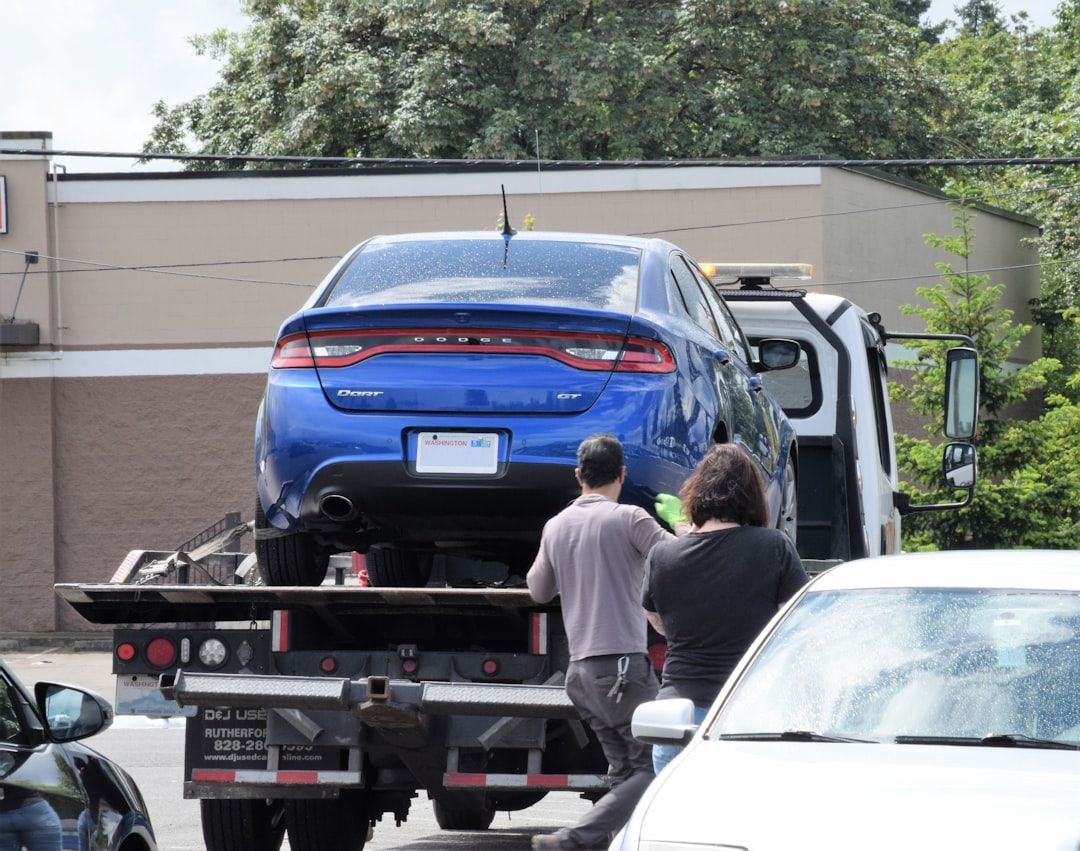How to Maximize Your Ad Budget: 5 Tips for Digital Campaigns
For small businesses, an ad budget is just as essential as a website or phone number. It’s the pot of money you set aside to tell people about your products and services.
Corporations like Toyota appear to have an endless supply of funds for Super Bowl commercials and celebrity endorsements. But most businesses are working with a more modest budget (or maybe "spending change" is a more accurate description). But, with some savvy planning, even a small amount of ad spend can go a long way.
Why Ad Budgeting Matters
Maximizing your ad budget isn’t about shoveling as much money as possible into your campaigns. If you’re buying random ads, you’ll probably end up disappointed.
Instead, spend every dollar like it’s the last one you’ll have. Effective budgeting will help you earn a positive return on investment and achieve your goals more quickly. If you’re trying to connect with seniors, for instance, you probably shouldn’t dump thousands into TikTok ads.
Budget pacing also helps protect your bank account. The last thing you want to do is tell your employees you accidentally spent their paychecks on Google Ads.
How To Establish Your Ad Budget
Calculating an ad budget is more of an art than a science. It depends on your:
- Campaign objectives
- Stage of the buyer journey
- Advertising channels
If you’re trying to attract more visitors to your website, consider targeting a broad audience with Meta Ads. But if lead generation is your goal, local Google Ads are the way to go.
Still stuck? Try Google’s free ad budget calculator to see what competitors are spending. In Florida, for example, the average daily budget for auto businesses ranges from $7.80 to $98.
Aim for the low end of this industry benchmark for the first few months. A little low-stakes experimentation is precisely what you need to start understanding Google Ads and see how your audience responds.
5 Tips To Get the Most ROAS With Your Budget
Return on ad spending (ROAS) is a key budget concept. It measures how much you earn for every dollar you put into your ad campaign.
Boosting your ROAS doesn’t happen by accident. Set yourself up for success with these practical tips.
1. Set Clear Campaign Goals Before Spending
SMART goals can help you decide when and where to spend your campaign budget. It stands for:
- Specific
- Measurable
- Achievable
- Relevant
- Time-bound
A mechanic may aim to book 20 more appointments in March or grow sales by 10% this quarter.
2. Know Your Customer and Target Precisely
When you really understand your target audience, you’re less likely to waste money on ads they won’t care about. Start by researching their demographics, behavior, and what matters to them.
Use this data to create personas, or little character sketches. For instance, say your audience is Brenda, a middle-aged mom working two jobs. A Meta Ad linking to your convenient online scheduler could convince her to get that oil change she’s been putting off.
3. Choose the Right Platforms for Your Audience
Survey your customers about their favorite scrolling spots. That way, you won’t dump all your money into LinkedIn when everybody’s on Facebook.
Think about the type of content you want to share, too. LinkedIn is the go-to platform for business-to-business ads, while Instagram is best suited for visual content. And Google Ads for auto repair shops help attract people who want to schedule an appointment ASAP.
4. Start With a Small Budget and Scale Based on Performance
Set your monthly spending limit relatively low at first — say, a few hundred dollars. Use this money to experiment with different techniques and analyze their performance. For example, you could design similar ad sets for Facebook and LinkedIn and see which ones get the most clicks.
Once you find a winning strategy, gradually add more money to reach a larger audience.
5. Optimize Your Ad Campaigns
Don’t just assume your ads are working, even if you think you notice more sales. Tracking your campaign performance is the best way to see progress and optimize marketing spend.
Use Conversion Tracking To Measure Results
A conversion happens when your ad convinces someone to take action. That might involve buying a product or filling out a form to speak with your sales team.
Every major ad platform has built-in conversion tracking, but you may need to set it up. Two helpful resources are Meta Pixel and Google Tags. They’re code snippets that you can add to your website to see what visitors do after they click your ads.
Test and Optimize Ad Creatives Frequently
Experimentation is a crucial component of campaign management.
Even if your first ads generate conversions, experiment with different visuals and calls to action. This will help you gain a sense of what your audience likes, allowing you to adjust your strategy accordingly.
Control Spend With Smart Bidding and Budget Caps
Nobody wants to get slammed with an unexpected bill. Set limits for your digital ad spend to avoid any unpleasant surprises. Google AI can also automatically bid on ads to help you get the most conversions. That way, your ads keep working behind the scenes while you’re greeting clients or haggling with vendors.
Review and Adjust Weekly, Not Monthly
Unlike a giant billboard, digital advertising isn’t a set-it-and-forget-it kind of thing. Customer interests and the market can change in an instant.
Carve out time at the beginning or end of each week to review your performance and make any necessary adjustments. If people click your ads but leave without buying anything, your call-to-action may need a revamp. Or, if an ad suddenly gets dozens of conversions, bump up your budget to keep the momentum going.
Ready To See a Better Return on Ad Spend?
When it comes to ad budgets, strategy matters more than size. After all, it doesn’t matter how much you spend if you’re putting it in the wrong places.
Do your research. When you know your target audience inside and out, you can strike at the right time and place. That’s critical for keeping advertising costs low and ROAS high.
Need help? Optimize Digital Marketing’s expert team designs memorable ads that build brand awareness and grow your bottom line — a win-win.
Contact us to learn more about how we can help you make every dollar count.



